Will return the rolling mean for the number of periods specified with the window parameter. E.g. window=1 will retunr the original list. Window=2 will calculate the mean for 2 days and so on.
index=pd.date_range(start="4th of July 2017",periods=30,freq="D")
df=pd.DataFrame(np.random.randint(0,100,30),index=index)
print([pd.rolling_mean(df,window=i,freq="D") for i in range(1,5)])
.....
2017-07-04 NaN
2017-07-05 20.5
2017-07-06 64.5
2017-07-07 58.5
2017-07-08 13.0
2017-07-09 4.5
2017-07-10 17.5
2017-07-11 23.5
2017-07-12 40.5
2017-07-13 60.0
2017-07-14 73.0
2017-07-15 90.0
2017-07-16 56.5
2017-07-17 55.0
2017-07-18 57.0
2017-07-19 45.0
2017-07-20 77.0
2017-07-21 46.5
2017-07-22 3.5
2017-07-23 48.5
2017-07-24 71.5
2017-07-25 52.0
2017-07-26 56.5
2017-07-27 47.5
2017-07-28 64.0
2017-07-29 82.0
2017-07-30 68.0
2017-07-31 72.5
2017-08-01 58.5
2017-08-02 67.0
.....
Further you can drop NA values with the df dropna method like:
df.rolling(window=2,freq="D").mean().dropna() #Here you must adjust the window size
So the whole code which should print you the rolling mean for the months is:
print([df.rolling(i,freq="m").mean().dropna() for i in range(len(df.rolling(window=1,freq="m").sum()))])

